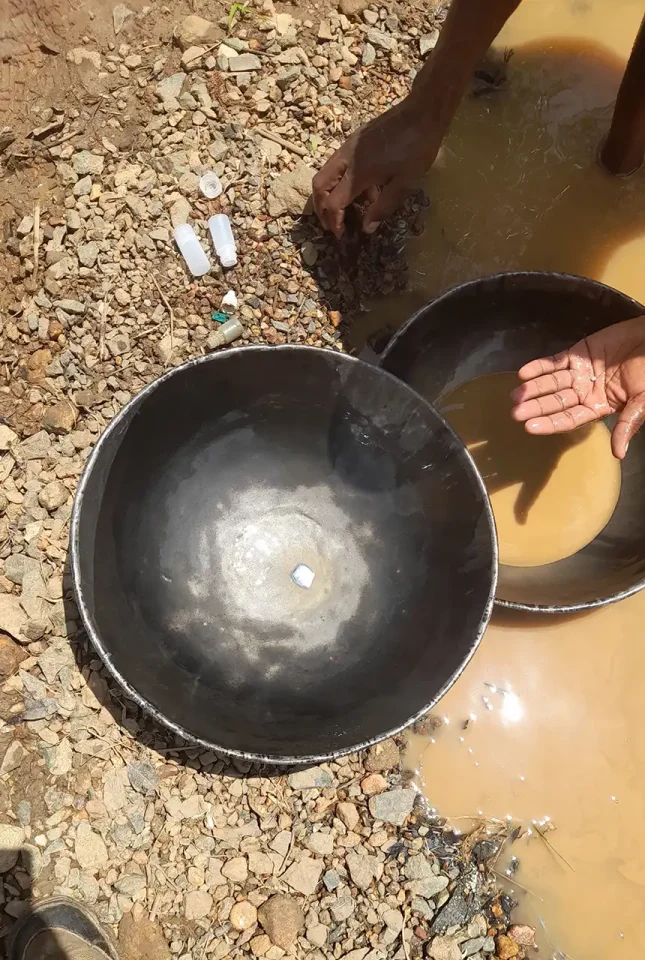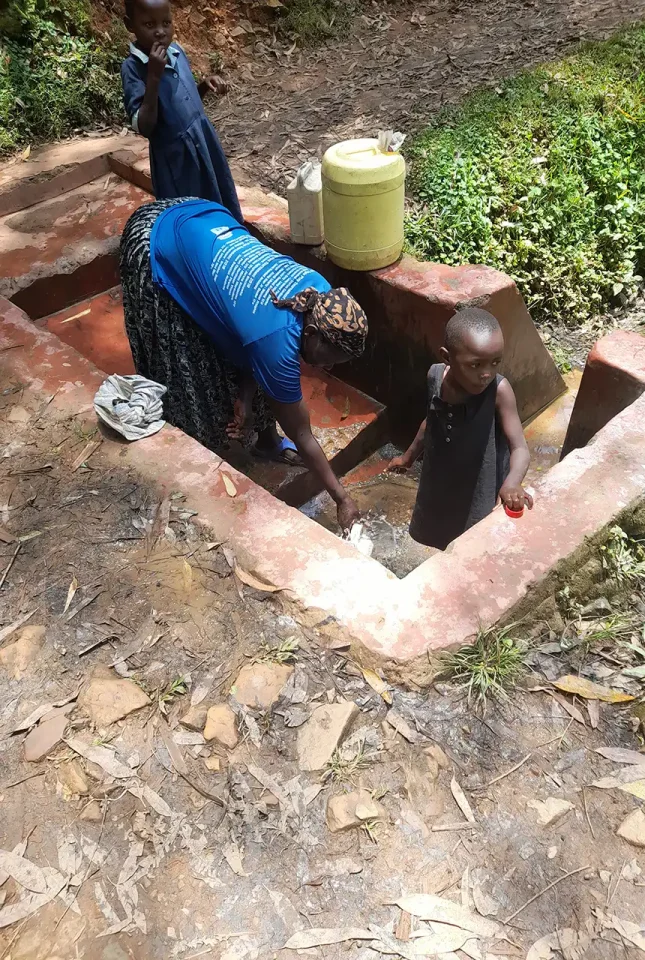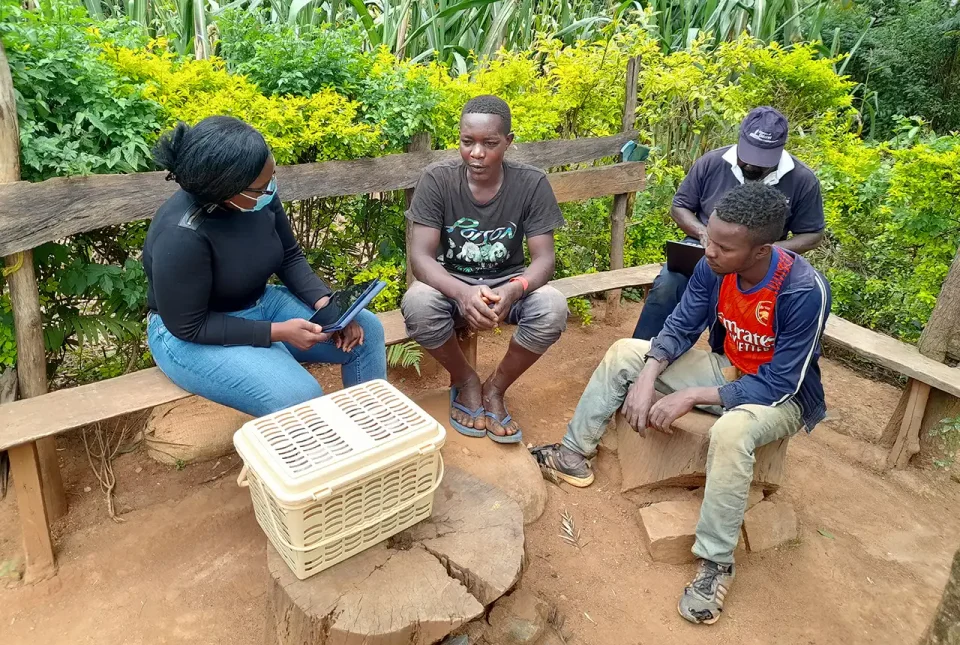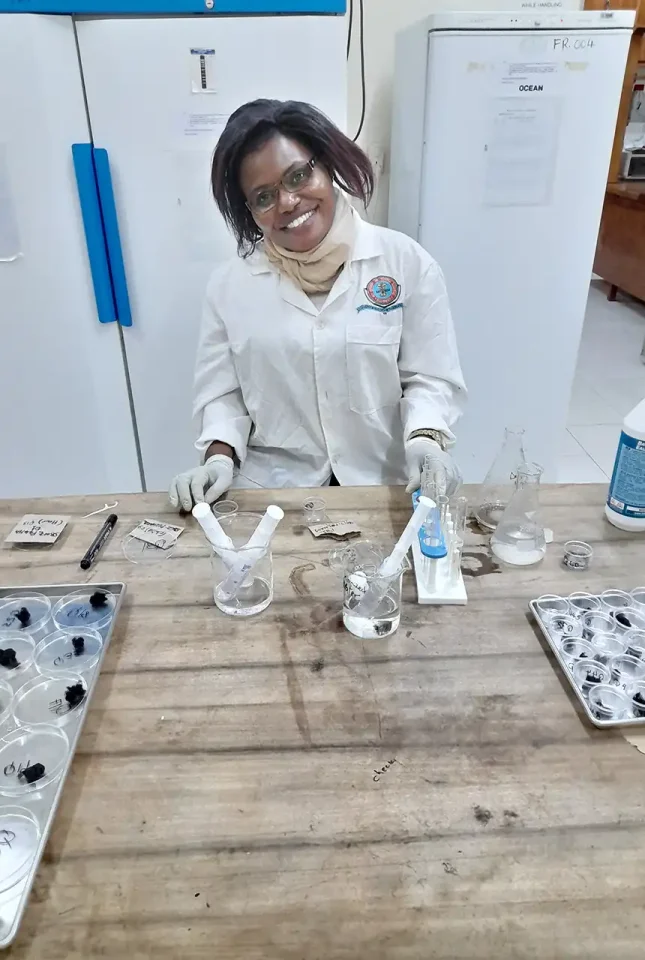Linking geochemistry and health in artisanal and small-scale gold mining in the Kakamega-Vihiga gold belt, Kenya
PhD candidate Maureene Auma Ondayo is investigating major and trace element exposure in the environment in Kenya, aiming to reduce exposure of humans to toxic chemicals.
09/01/2024 By BGS Press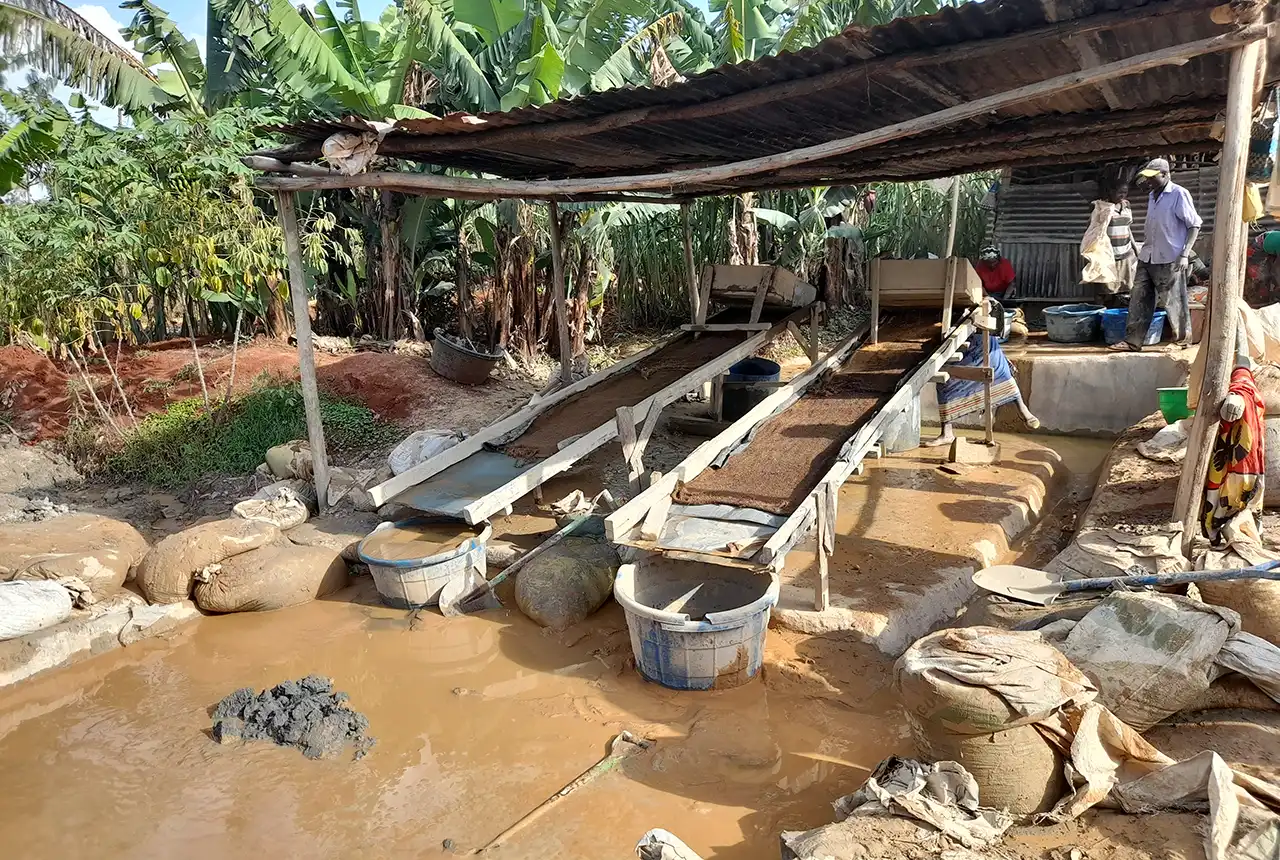
My name is Maureene Auma Ondayo and I am a UKRI-funded PhD candidate at the University of Eldoret, Kenya, and BGS, with a background in environmental and public health. In this blog I will share my PhD research, investigating major and trace element exposure in the environment. This includes ores, soils, sediment and waters, locally grown staple food crops (maize, leafy vegetables, pulses and tubers), and human samples (hair, nails and urine). My research also incorporates risk factors of exposure to potentially harmful elements (PHEs) and associated health implications among artisanal and small-scale gold mining workers and local residents.
What is artisanal and small-scale gold mining?
Artisanal and small-scale gold mining (ASGM) is an informal mining sector that provides subsistence-level livelihoods for many rural communities across the world. In Kenya, ASGM occurs in Migori, Narok, Siaya, Vihiga, Kakamega, Nandi, Kisumu, Turkana, West Pokot, Marsabit, Homa Bay and Kericho counties. It is estimated that ASGM production yields around 5 metric tons per year (worth around £250 million), employing 250 000 workers with more than 1 million dependents. The main environmental and health risks associated with ASGM relate to poor conditions at mining camps and mining operations, which include the extensive misuse of mercury in the production process.
Mining the gold
Miners often rely on local knowledge when prospecting for gold after which agricultural land and pristine forests are cleared to make way for the mine. Ores are excavated and broken into smaller pieces using sledgehammers and mills, dispersing large volumes of contaminated dust across nearby environments and communities. Milled ore powder is then wetted and sluiced to extract the gold particles. Panning separates gold-associated sediment particles, then liquid mercury is added, which joins together with the gold to form an amalgam and separates it from the sediment. The amalgam is then burnt on open flames, vaporising the mercury and leaving behind the gold, whilst tailings and wastewater from ASGM are disposed of in nearby farms, residences, playgrounds and waterways.
These activities expose the workers and local populations to extreme health and safety hazards, with injuries, diseases and premature deaths reported in ASGM areas.
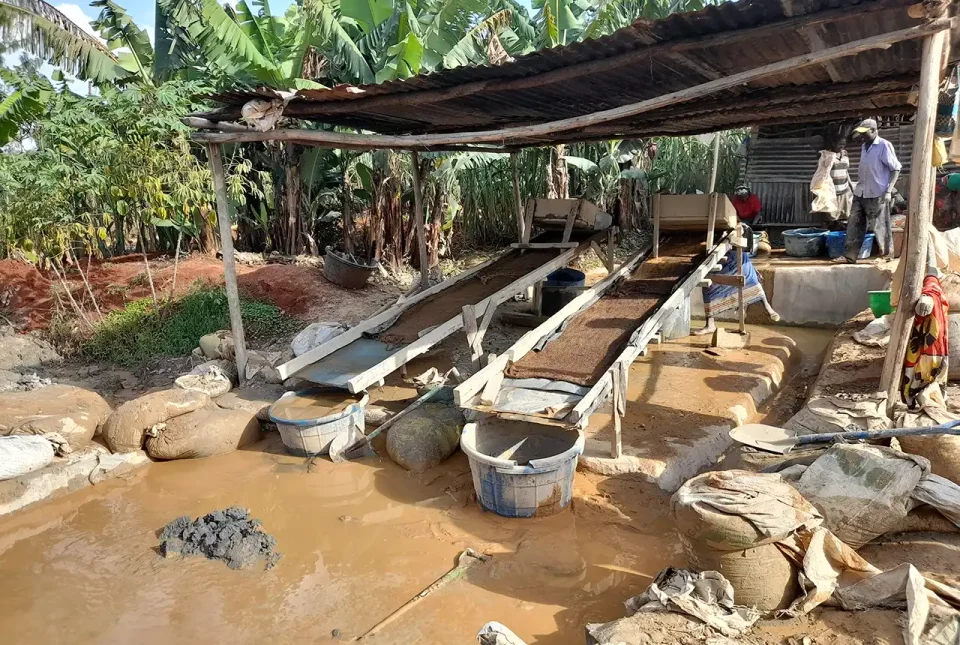
Gold mining activities (milled ore washing and sluicing) and community drinking water downslope of ASGM activities. © Maureene Auma Ondayo.
Hazards of ASGM
Exposure to potentially toxic elements (PTEs), physical hazards, gaseous emissions, overexertion, physical injuries and poor ventilation inside the mines are the key hazards to human health in ASGM. This exposure results in a wide range of health disorders including:
- cancers
- immunity suppression
- neurological disorders
- developmental health effects
Socio-economic issues related to mining activities are also present in local areas, including alcohol and addiction, violence and HIV/AIDs.
My research
During my PhD, I investigated the environmental and human exposure and health implications among nineteen ASGM communities in Kakamega and Vihiga counties, Kenya.
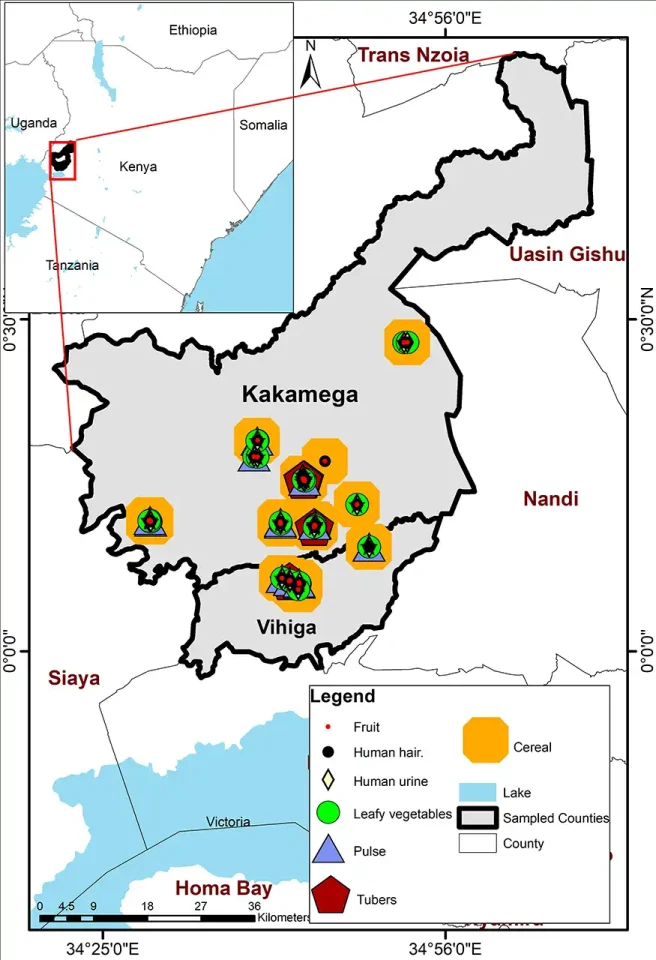
Map of the study area. © Maureene Auma Ondayo.
I collected soil, sediment, water, locally grown food and human biomarker samples (hair, nails and urine) from ASGM workers and residents of ASGM villages and analysed them for major and trace elements at BGS’s Inorganic Geochemistry Facility in Keyworth. Further risk factors from PTE exposure and potential health effects among the studied ASGM communities were assessed through interviews.
Study results
Kakamega and Vihiga counties are naturally enriched with macro- and micro-elements and the ASGM activities primarily disperse them across surrounding environments and communities. The results show that:
- soils, sediments and water sources in the ASGM villages were highly polluted by PTEs, including arsenic, mercury, chromium, lead and nickel
- soil concentrations of arsenic, chromium and nickel in the studied ASGM villages were 154, 9 and 4 times higher than background concentrations, respectively
- drinking-water samples in the ASGM villages, including springs, shallow wells and mine shafts, were heavily polluted with arsenic, lead and chromium. Very worryingly, we observed mine workers and residents drinking mine-shaft water, the most contaminated water at the ASGMs, when they were extracting the ore!
- locally grown staple food crops were also contaminated with arsenic, nickel, lead, chromium, cadmium, mercury and aluminium, and were not considered safe for consumption
The inhalation of gaseous PHEs like mercury during amalgam burning, the consumption of locally grown staple food crops and drinking water, and ingesting PTE-contaminated dust and soils (especially children and pregnant women that exhibit pica, that is, eating non-food items like soil) were the main exposure pathways found in our study. Self-reported potential pollution-related health effects included cancers, neurological effects, respiratory infections, musculoskeletal effects, infectious diseases including HIV/AIDS, and malaria.
Working with the ASGM community
A key aspect of my PhD was the multidisciplinary research approach taken to understand the relationships between the environment, diet and public health to effectively assess and communicate human exposure and health risks. We continue to collaborate with ASGM workers, local communities and local health practitioners while sharing our findings.
On 2 December 2023, we met with county public health administrators to understand how best to present and share the data for interpretation with our key stakeholders. These include:
- politicians
- broader county employees
- the departments of mining, environment, and law enforcement
- community health workers
- the studied ASGM communities in both Kakamega and Vihiga counties
Additional meetings with public health officers, medical practitioners, environment and agricultural departments and other key stakeholders are planned. This will let us share our results and recommendations on reducing PTE exposure through environmental, occupational and public health safety controls, such as:
- providing safer drinking water to ASGM communities
- relocating residences and schools away from ASGM activities
- controlling dust transfer
- encouraging regular personal protective equipment (PPE) use
- alternatives to mercury
- safer cyanidation operations
- wet milling
- technological interventions in ore exploration, excavation, processing and recovery
- targeted education and training on industrial hygiene
- public health policy formulation in ASGM in Kenya
This study characterised PHE exposure pathways and health risks among ASGM communities in the Kakamega gold belt. Our findings are valuable to public health authorities as they inform them of the mitigation actions that are needed to research further, reduce exposure, improve ASGM processes, and protect the environment, food sources and the health of ASGM workers and residents, including policy formulation.
This work has been funded primarily by the Inorganic Geochemistry Facility at BGS and the BGS University Funding Initiative (BUFI) [BGS Contract Number: GA/19S/020].
Additional support was provided by the British Academy Early Career Researchers Writing Skills Workshop (WW21100104); BGS East Africa Official Development Assistance (ODA) platform (NE/R00069/1); NERC National Capability Science international award (NE/X006255/1).
About the author
Maureene Auma Ondayo is a UKRI-funded PhD candidate at the University of Eldoret, Kenya, and BGS, with a background in environmental and public health.
Co-authors
Prof Odipo Osano is an environmental toxicologist at the University of Eldoret, Kenya. He has a background in veterinary medicine, public health, and community and laboratory-based environmental epidemiological research.
Clive Mitchell, BGS Industrial Minerals Geologist.
Dr Olivier Humphrey, BGS Environmental Chemist.
Dr Michael Watts, BGS Head of Inorganic Geochemistry and lead for BGS International Geoscience Research and Development.
Ondayo, M A, Watts, M , Mitchell, C J, King, D C P, and Osano, O. 2023. Review: Artisanal Gold Mining in Africa— Environmental Pollution and Human Health Implications. Exposure and Health. DOI: https://doi.org/10.1007/s12403-023-00611-7
Ondayo, M A, Watts, M J , Hamilton, E M, Mitchell, C, Mankelow, J, and Osano, O. 2023. Artisanal gold mining in Kakamega and Vihiga. Environmental Geochemistry and Health, Vol. 45, 6543– 6565. DOI: https://doi.org/10.1007/s10653-023-01647-z
Related news
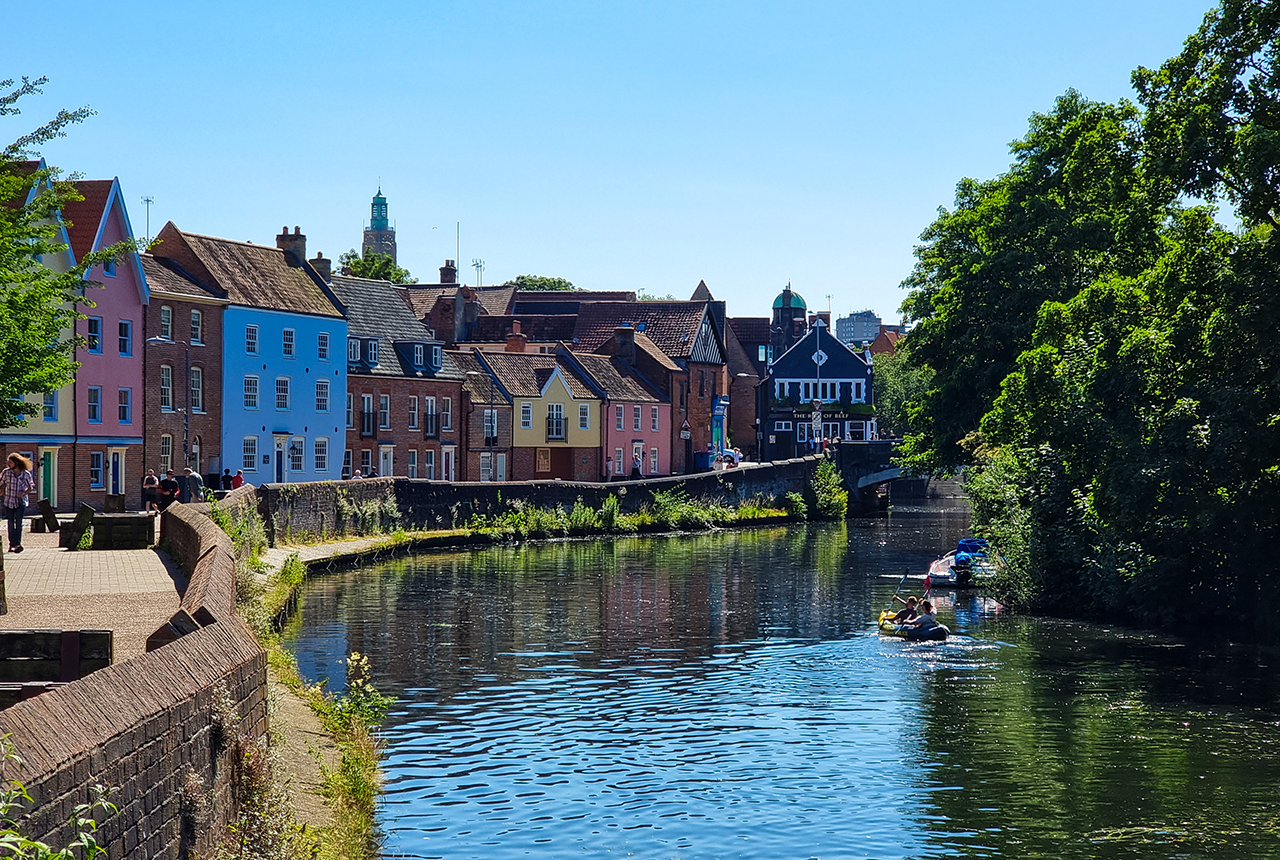
Modern pesticides found in UK rivers could pose risk to aquatic life
17/06/2025
New research shows that modern pesticides used in agriculture and veterinary medicines have been found for the first time in English rivers.
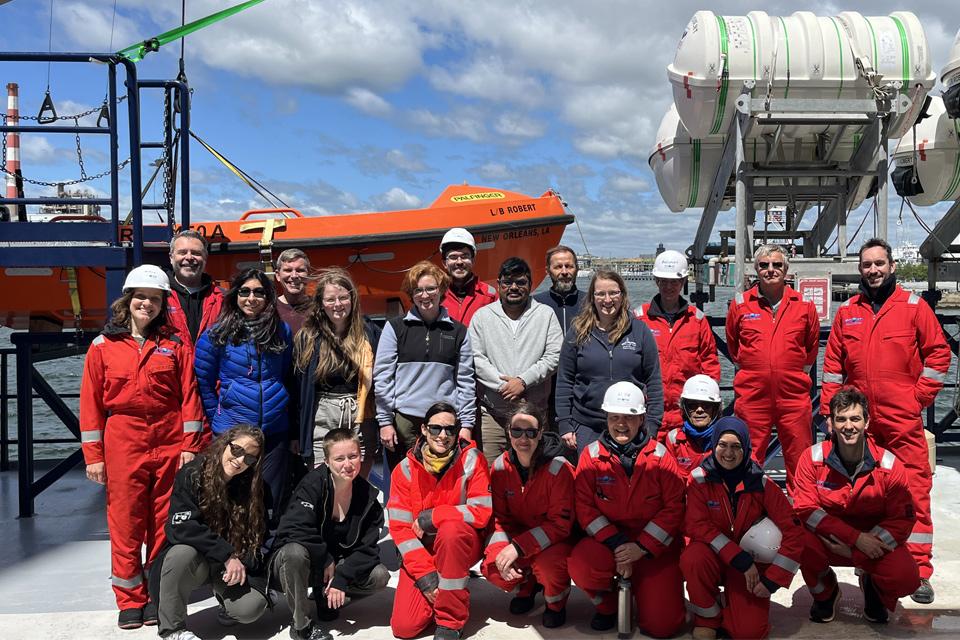
BGS scientists join international expedition off the coast of New England
20/05/2025
Latest IODP research project investigates freshened water under the ocean floor.
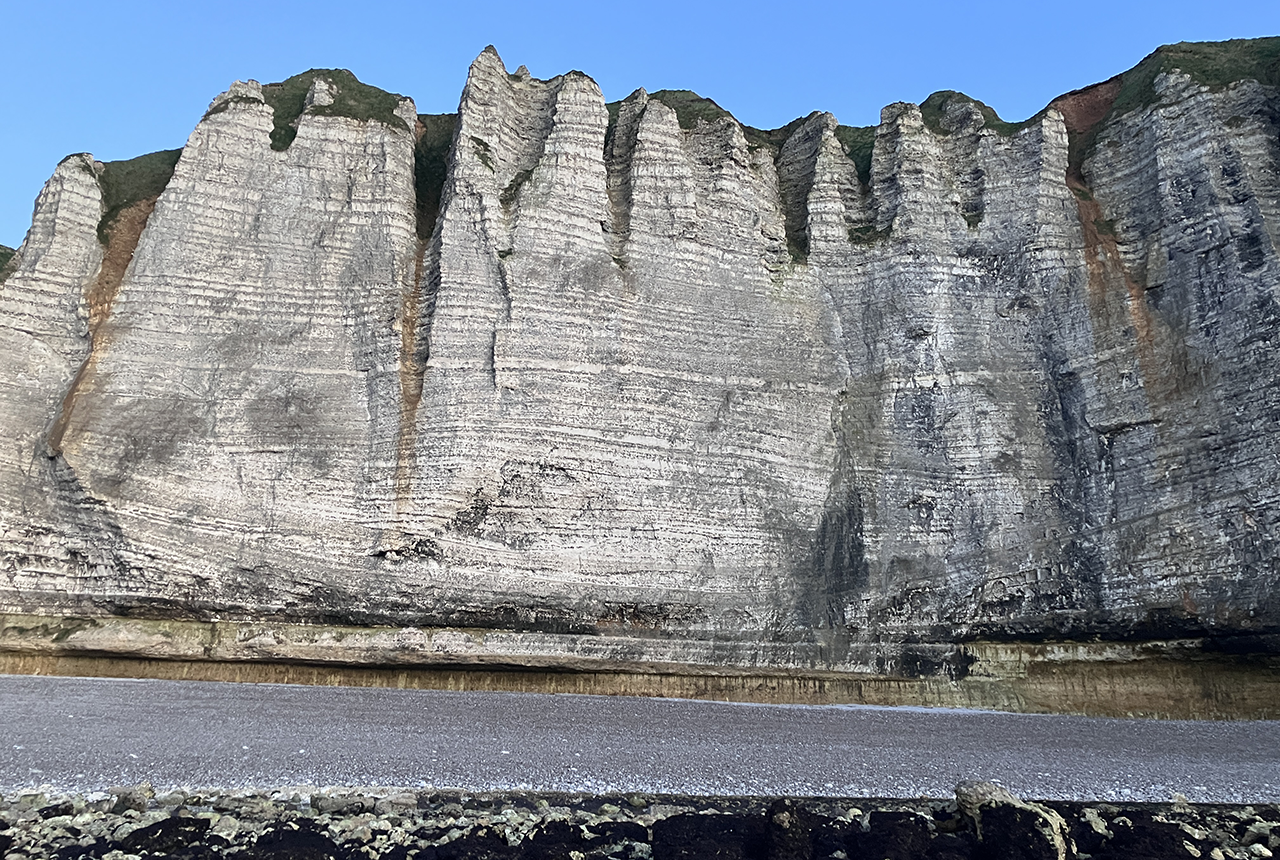
Geology sans frontières
24/04/2025
Geology doesn’t stop at international borders, so BGS is working with neighbouring geological surveys and research institutes to solve common problems with the geology they share.
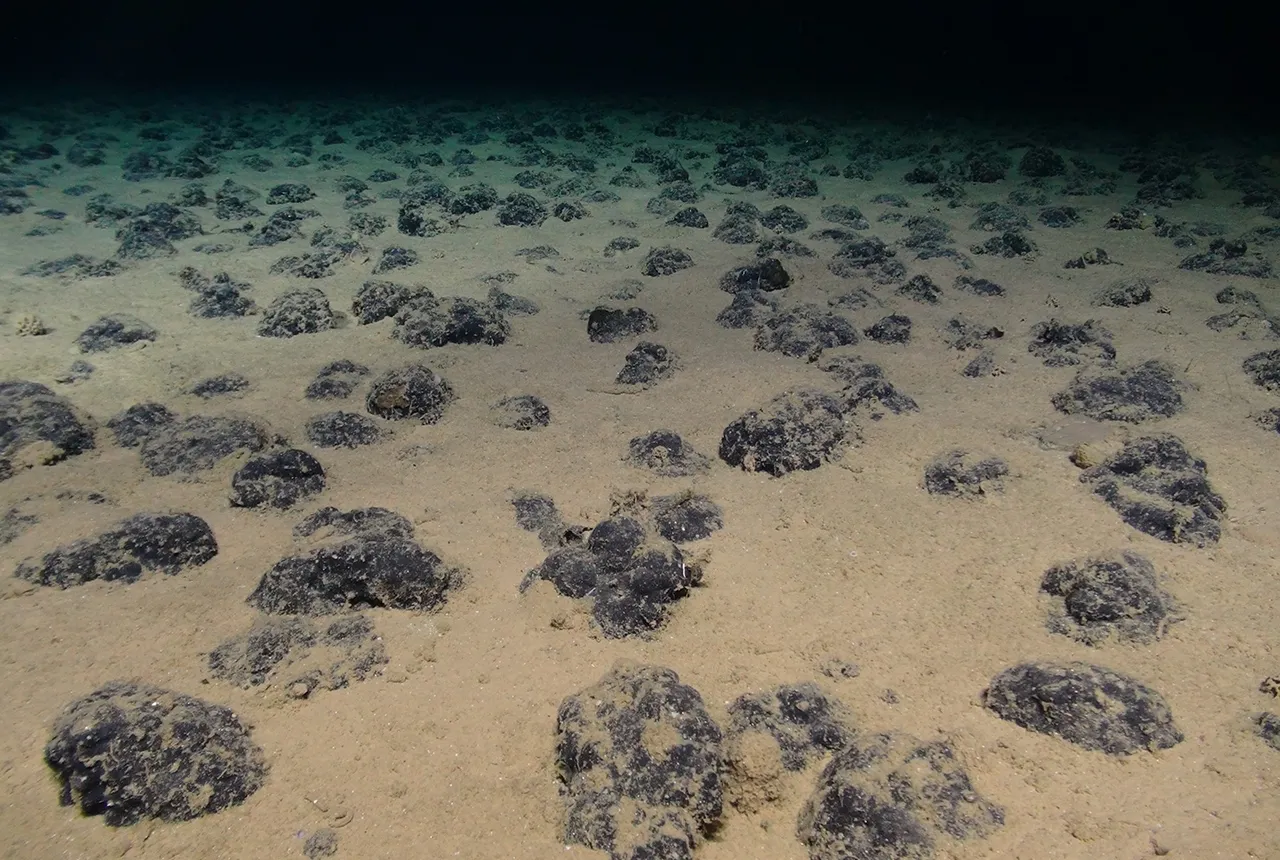
New study reveals long-term effects of deep-sea mining and first signs of biological recovery
27/03/2025
BGS geologists were involved in new study revealing the long-term effects of seabed mining tracks, 44 years after deep-sea trials in the Pacific Ocean.
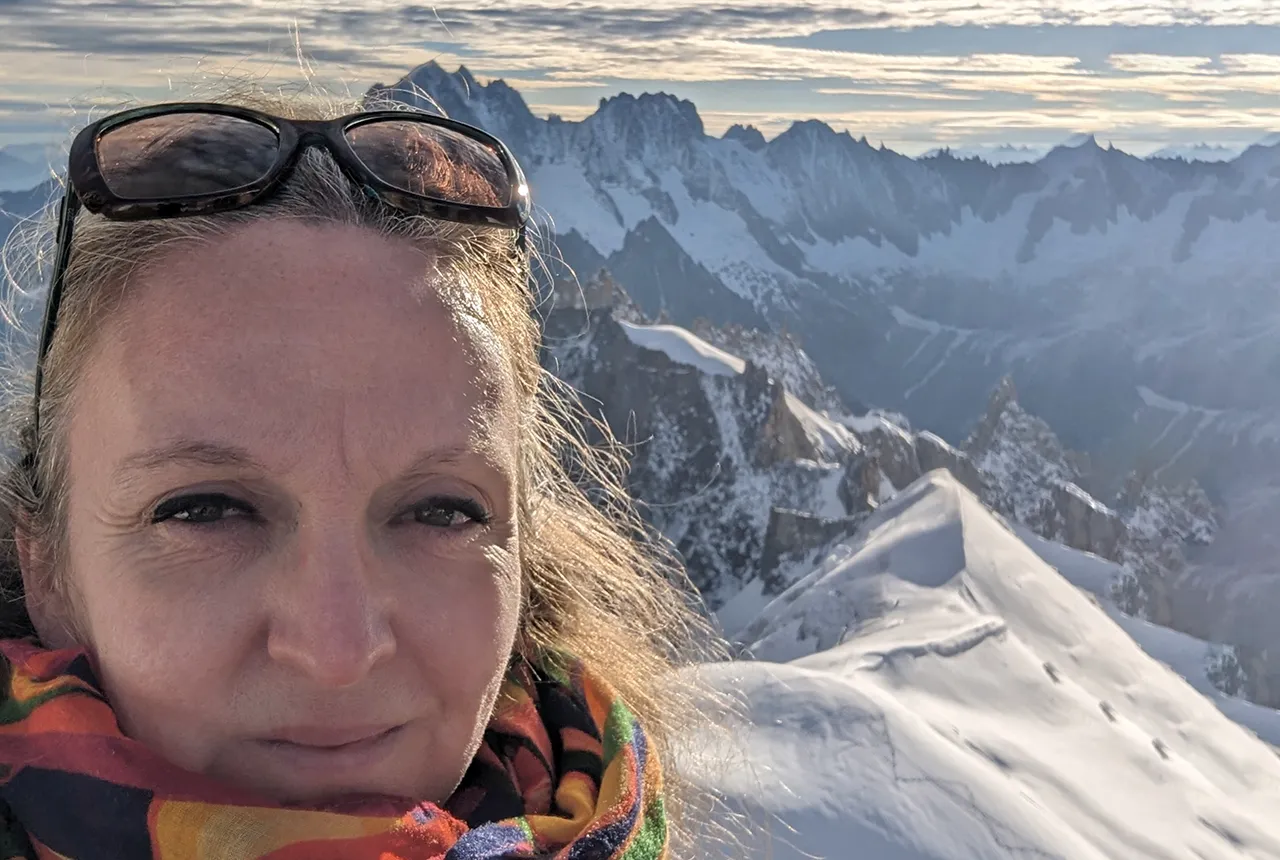
BGS announces new director of its international geoscience programme
17/03/2025
Experienced international development research leader joins the organisation.
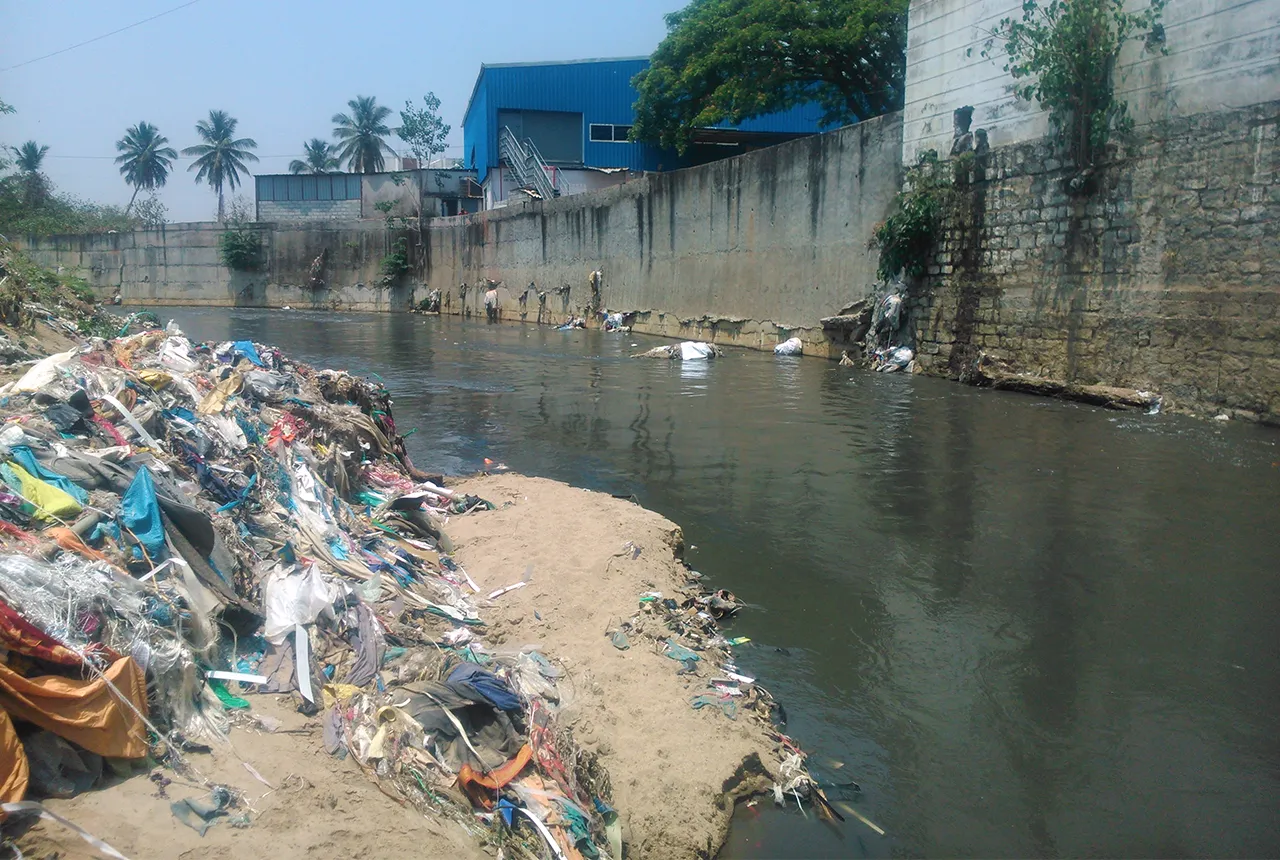
Presence of harmful chemicals found in water sources across southern Indian capital, study finds
10/03/2025
Research has revealed the urgent need for improved water quality in Bengaluru and other Indian cities.
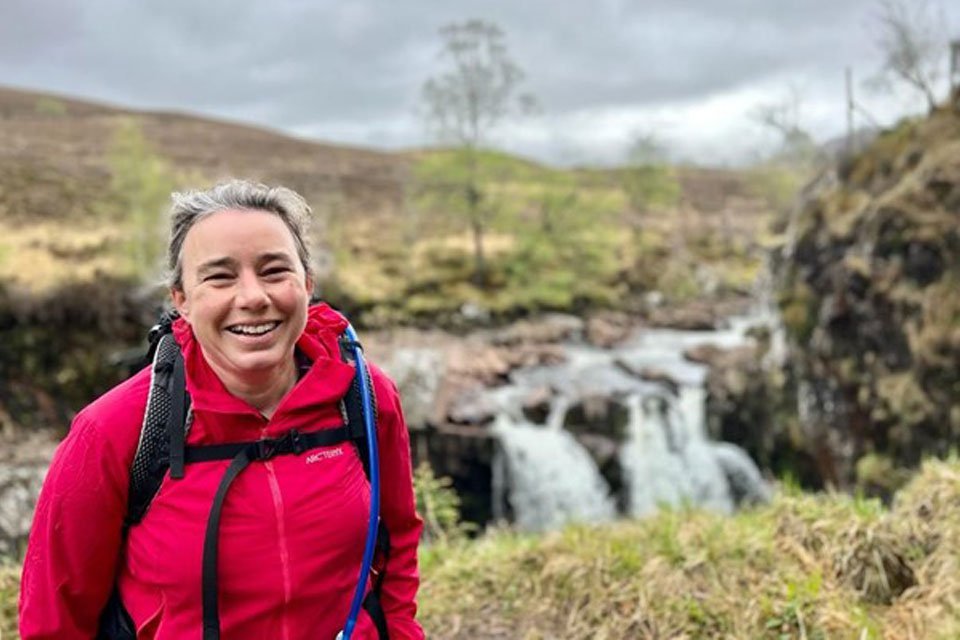
Dr Kathryn Goodenough honoured with prestigious award from The Geological Society
27/02/2025
Dr Kathryn Goodenough has been awarded the Coke Medal, which recognises those who have made a significant contribution to science.
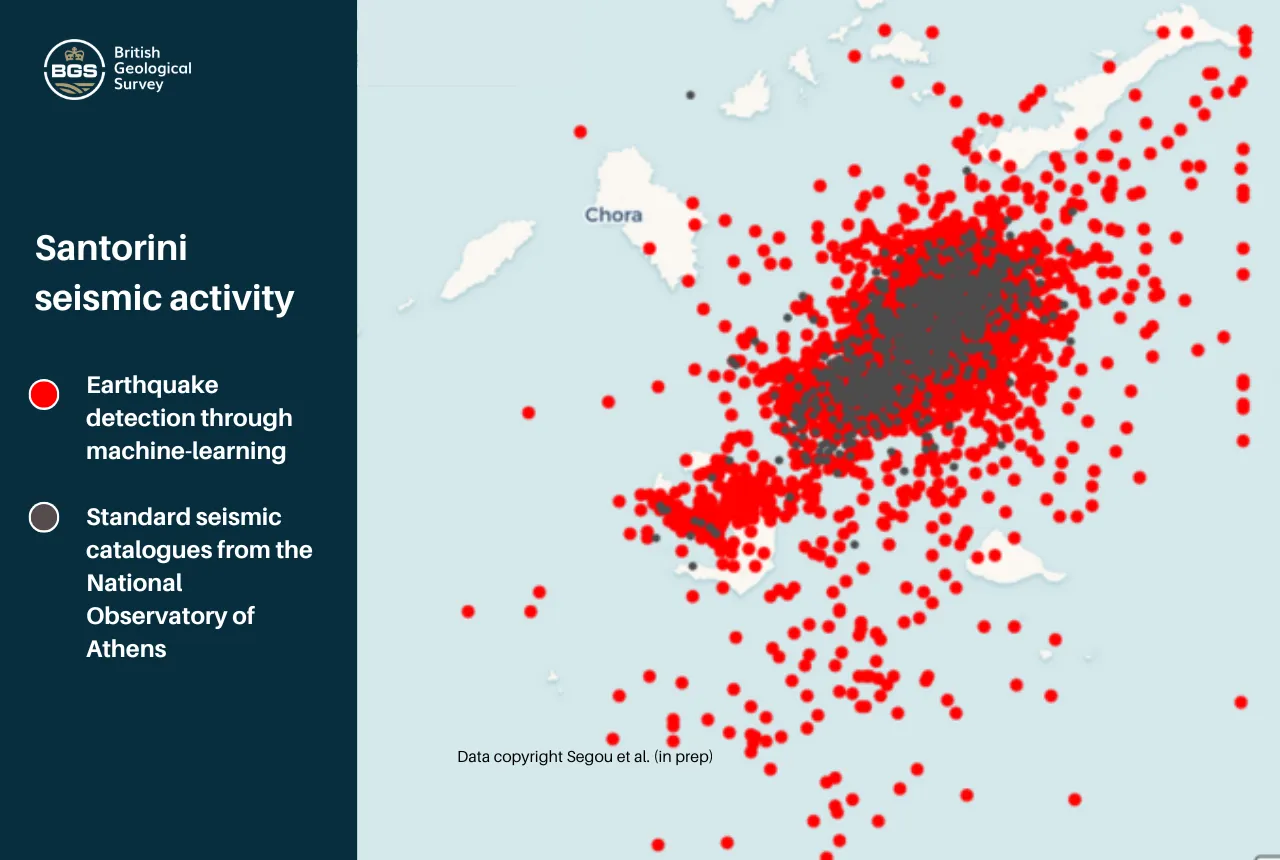
Artificial intelligence is proving a game changer in tracking the Santorini earthquake swarm
07/02/2025
Scientists are harnessing the power of machine learning to help residents and tourists by detecting thousands of seismic events.
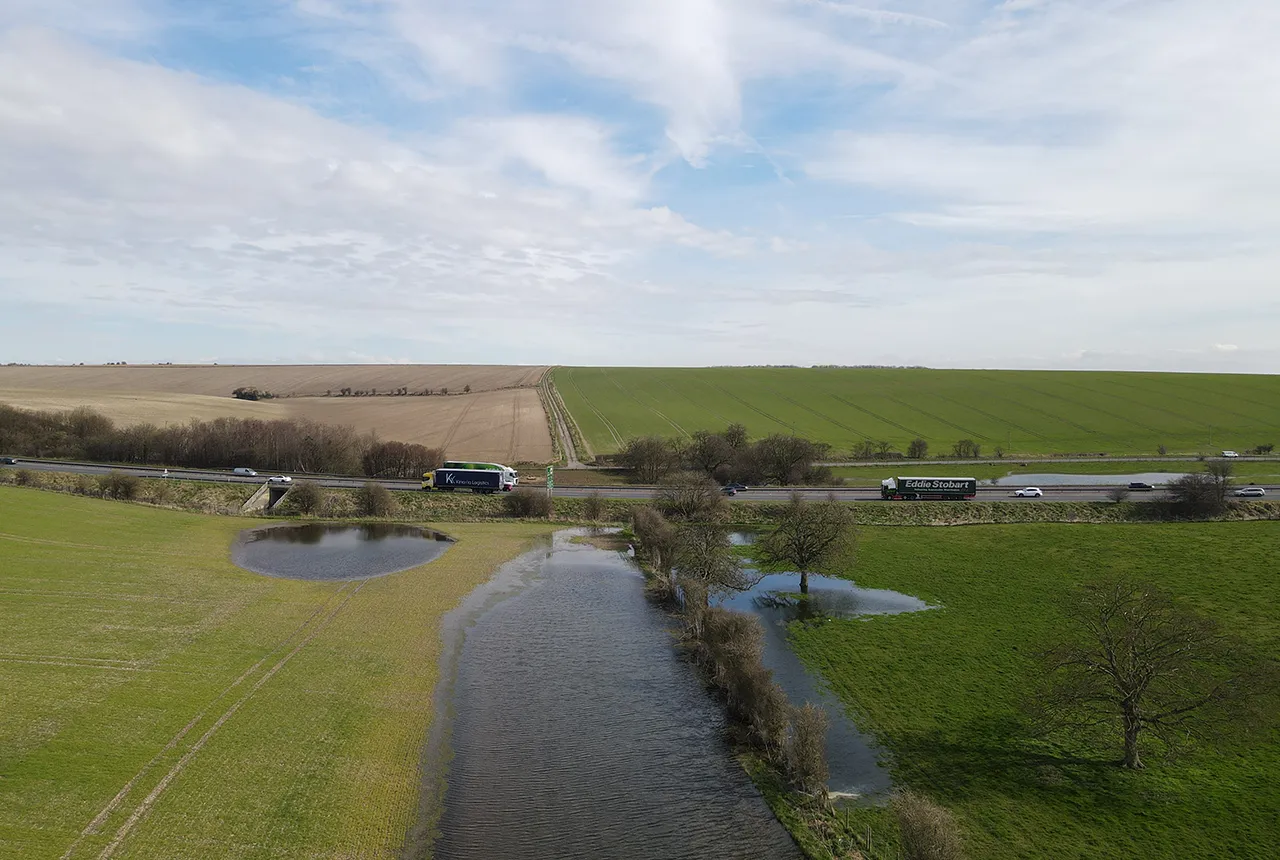
Pioneering tool expanding to analyse agricultural pollution and support water-quality interventions
06/02/2025
An online tool that shows which roads are most likely to cause river pollution is being expanded to incorporate methods to assess pollution from agricultural areas.
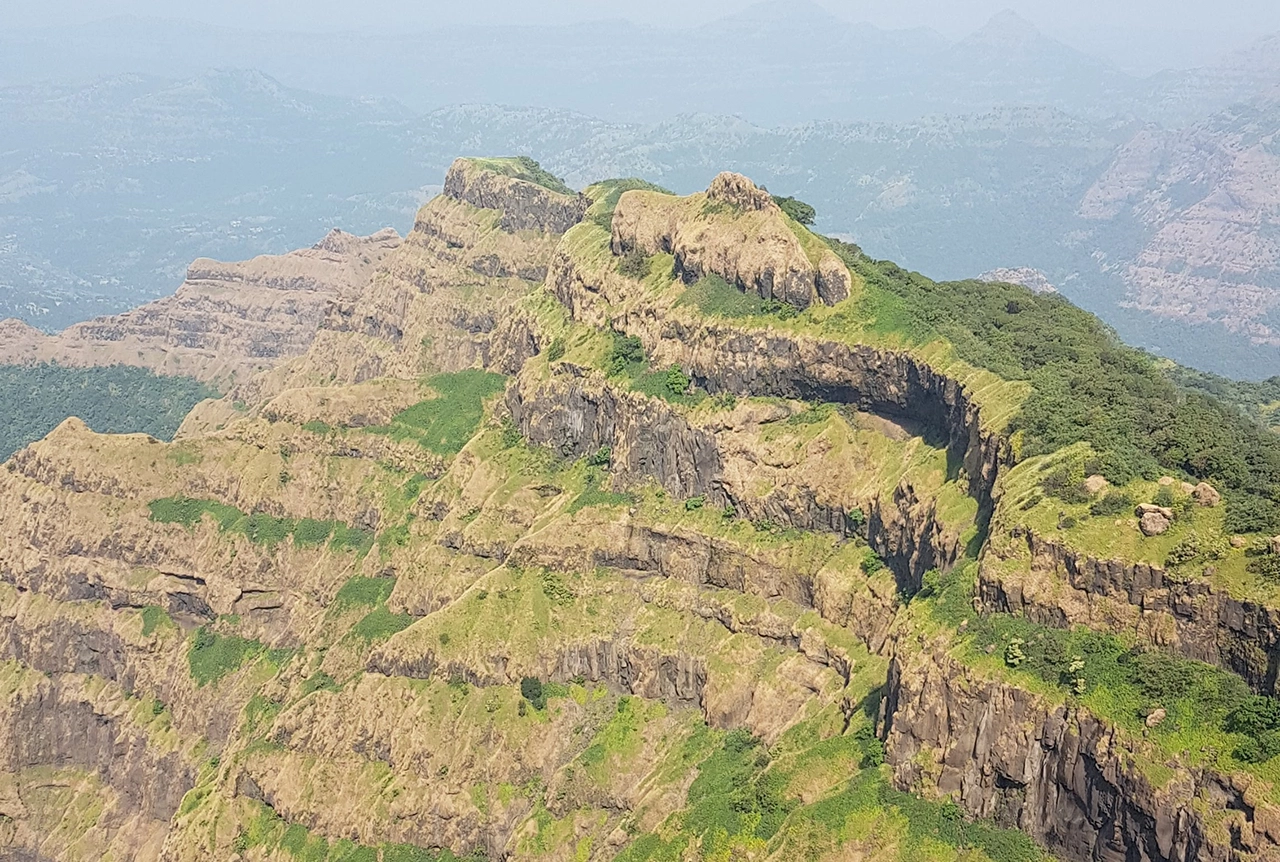
Could underground disposal of carbon dioxide help to reduce India’s emissions?
28/01/2025
BGS geologists have partnered with research institutes in India to explore the potential for carbon capture and storage, with an emphasis on storage.
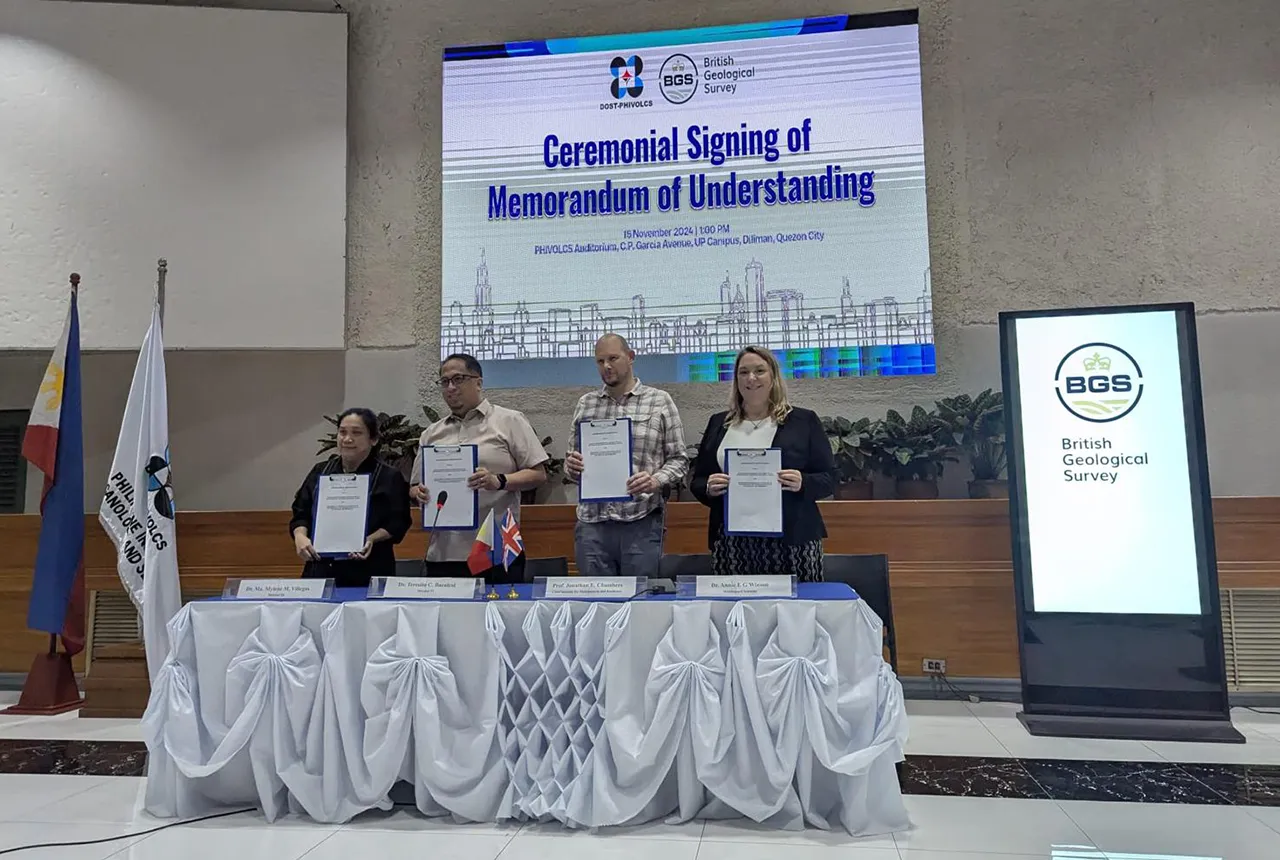
New Memorandum of Understanding paves the way for more collaborative research in the Philippines
21/01/2025
The partnership will focus on research on multi-hazard preparedness within the country.
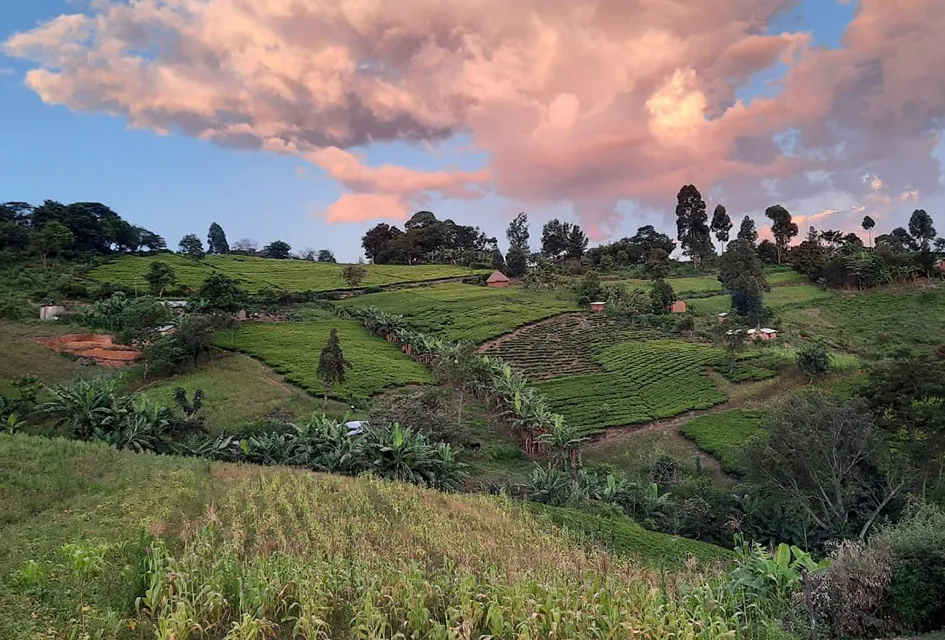
Dynamics of land-to-lake transfers in the Lake Victoria Basin
09/12/2024
In June 2024, a UK/Kenya research team shared research findings from a collaborative, four-year field and experimental programme within Kenya.




